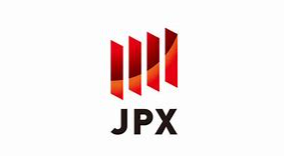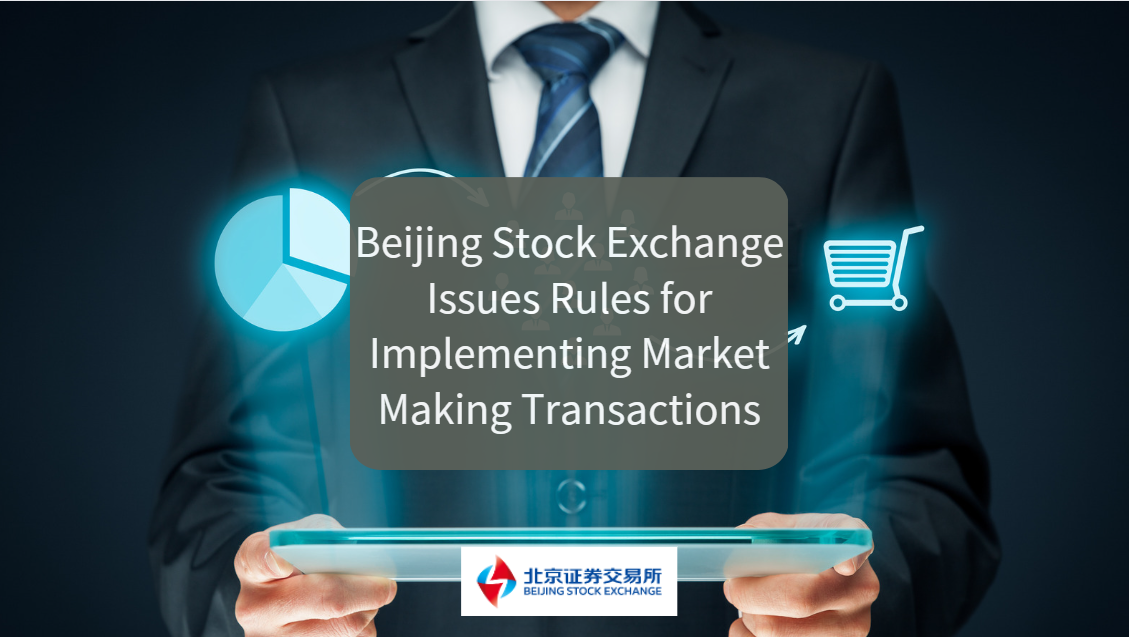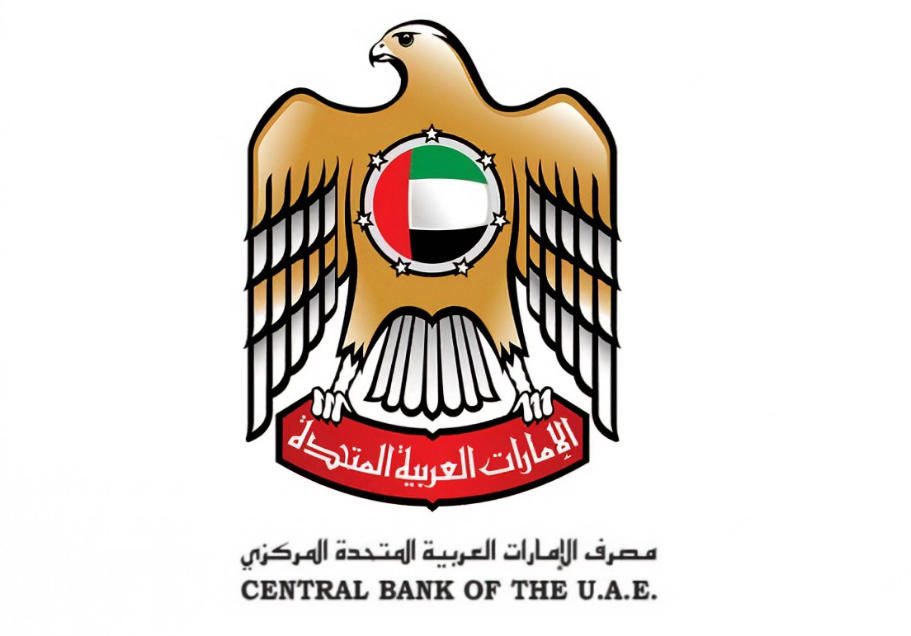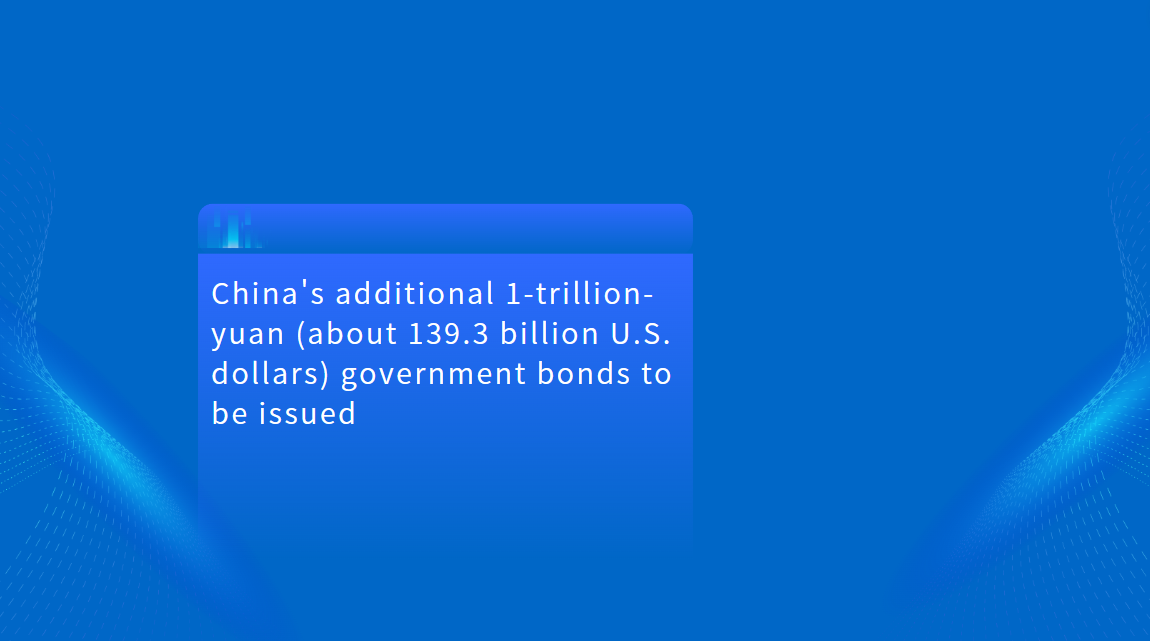Hong Kong's Pioneering Stablecoin Regulation: A New Chapter in Global Digital Finance
本文包含AI辅助创作内容
On May 21, 2025, Hong Kong's Legislative Council passed the world's first comprehensive regulatory framework for fiat-referenced stablecoins with the Stablecoins Ordinance. Set to take effect on August 1, this groundbreaking legislation marks a significant milestone in the global regulation of digital assets and positions Hong Kong at the forefront of digital finance innovation.
A Strategic Leap in Global Digital Finance
As jurisdictions worldwide race to establish regulatory frameworks for stablecoins, Hong Kong's move stands out as a strategic play to capture first-mover advantage. This legislation not only solidifies Hong Kong's role as a global financial hub but also sets a global policy benchmark for the regulation of digital currencies.
The ordinance mandates that any entity issuing a fiat-referenced stablecoin in Hong Kong, or issuing a cryptocurrency that purports to maintain a stable value with reference to Hong Kong dollars, must obtain a license from the Hong Kong Monetary Authority (HKMA). This regulatory certainty provides a clear legal foundation for the development of the stablecoin market, attracting innovative issuers, exchanges, and related entities.

Enhancing Financial Stability and Innovation
The Stablecoins Ordinance introduces several key requirements, including licensed issuance, 100% reserve asset isolation, and prohibition of interest payment, ensuring that stablecoin operations are both secure and transparent. These measures are designed to protect investors and maintain financial stability while fostering innovation in the digital finance ecosystem.
For financial institutions, the ordinance alleviates concerns about participating in the stablecoin market. With a well-developed financial market and a vibrant community of financial institutions, Hong Kong is uniquely positioned to lead in this area. The HKMA's "Fintech 2025" strategy, which includes initiatives such as digital banking reforms, central bank digital currency research, and regulatory innovation, has laid the groundwork for this regulatory leap.
Opportunities and Risks in the Trillion-Dollar Market
The Stablecoins Ordinance opens up significant opportunities for market participants. For instance, licensed institutions can charge 0.3%-0.5% in cross-border settlement commissions, with a market space exceeding HKD 20 billion annually. Technology suppliers, particularly those involved in blockchain security and digital identity verification, are poised to see substantial growth, with potential gross margin increases of 5-8 percentage points.
However, the market also faces risks. Policy uncertainties, such as the potential impact of the U.S. GENIUS Act, could limit the cross-border flow of non-U.S. stablecoins, potentially shrinking Hong Kong's market liquidity by 30%. Additionally, the rapid advancement of central bank digital currencies (CBDCs) could squeeze the market space for stablecoins.
Strategic Implications for the Internationalization of the Renminbi
The ordinance carries broader strategic significance for China. By establishing a legal foundation for stablecoin issuance, it paves the way for the cross-border use of the digital yuan (e-CNY), potentially enhancing the international status of the renminbi. While the Chinese mainland remains cautious about stablecoins, focusing instead on the development of e-CNY, Hong Kong's experience can serve as a regulatory pilot, offering valuable insights for the central government.
The integration of e-CNY with the stablecoin ecosystem could play a complementary role in the internationalization of the renminbi. For example, enabling the conversion of e-CNY into Hong Kong dollar-pegged stablecoins could expand its role in cross-border settlements, reducing reliance on the SWIFT system and lowering transaction costs.
A Testbed for Regulatory Innovation
Hong Kong's regulatory approach offers a blueprint for other regions. The ordinance builds upon existing international frameworks while introducing meaningful innovations, providing a potential model for future stablecoin governance worldwide. This regulatory flexibility allows for experimentation and adaptation to the rapidly evolving digital finance landscape.
Conclusion: A New Chapter in Global Finance
Hong Kong's Stablecoins Ordinance represents a significant milestone in the global regulation of digital assets. It not only enhances the city's position as a global financial hub but also sets a precedent for the future of digital finance. For international business professionals, understanding this regulatory framework is crucial for navigating the evolving digital finance landscape and leveraging the opportunities it presents.
As the world moves towards a more digital and interconnected financial system, Hong Kong's leadership in stablecoin regulation offers a glimpse into the future of global finance. This pioneering move will undoubtedly shape the trajectory of digital currencies and their role in the international monetary system.





















































First, please LoginComment After ~